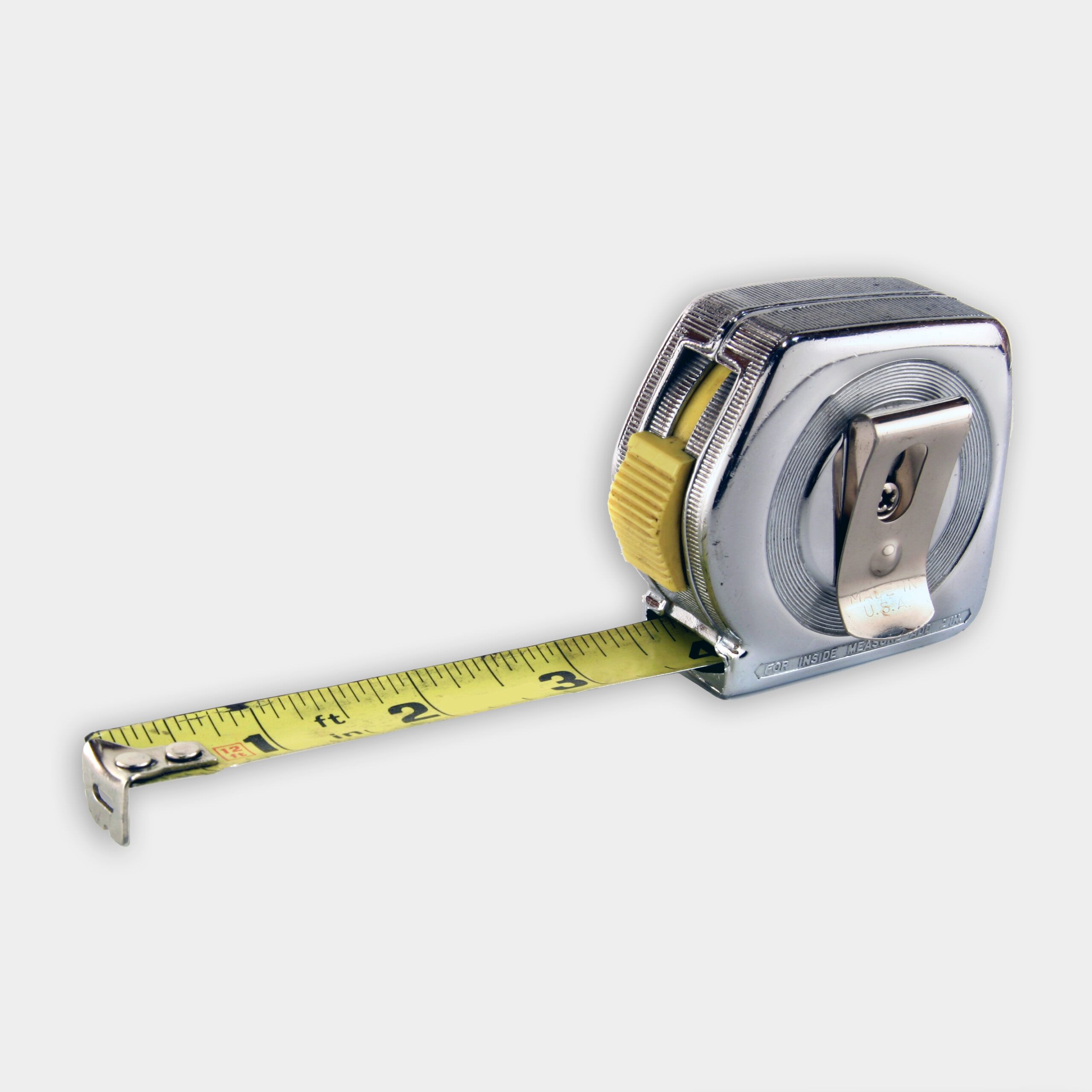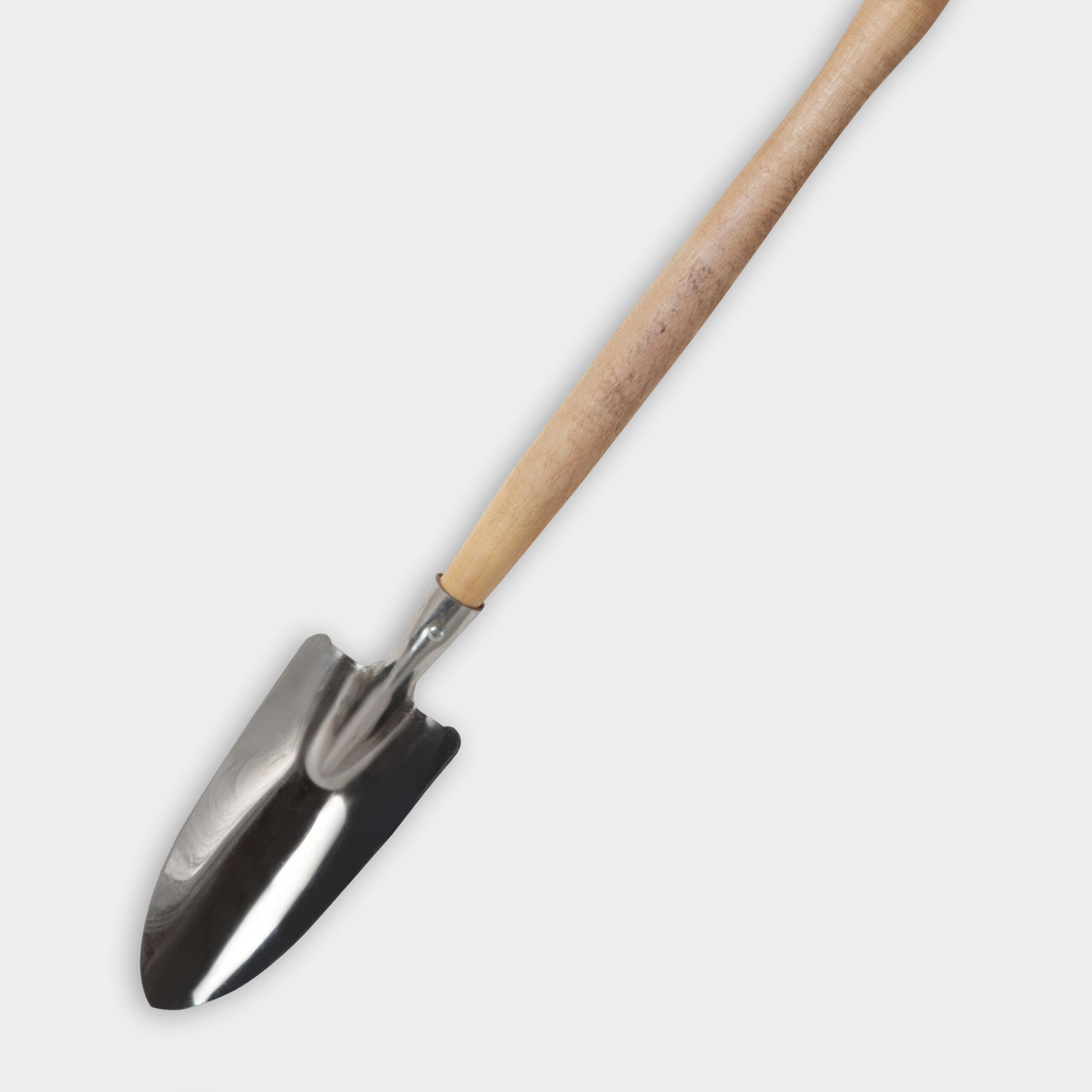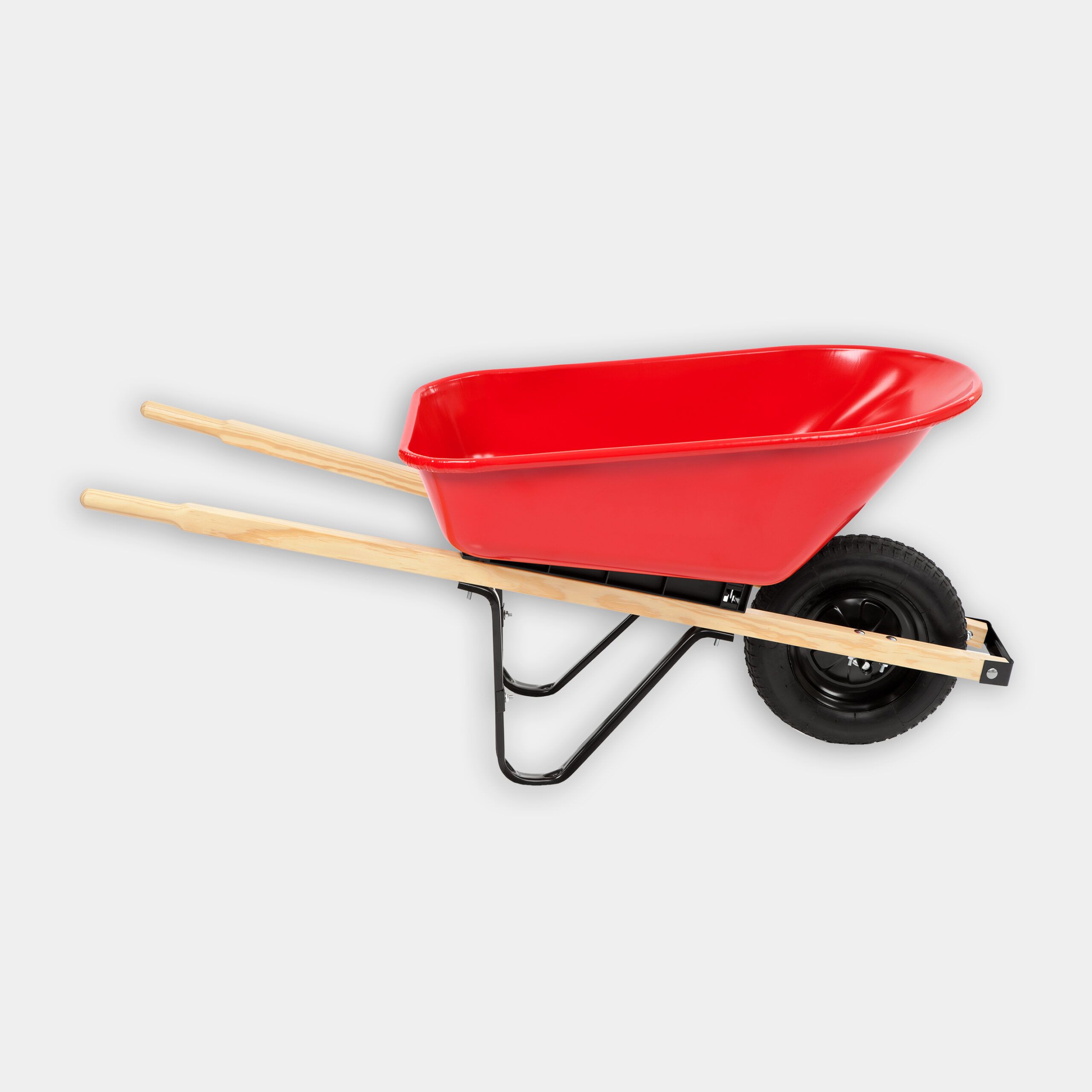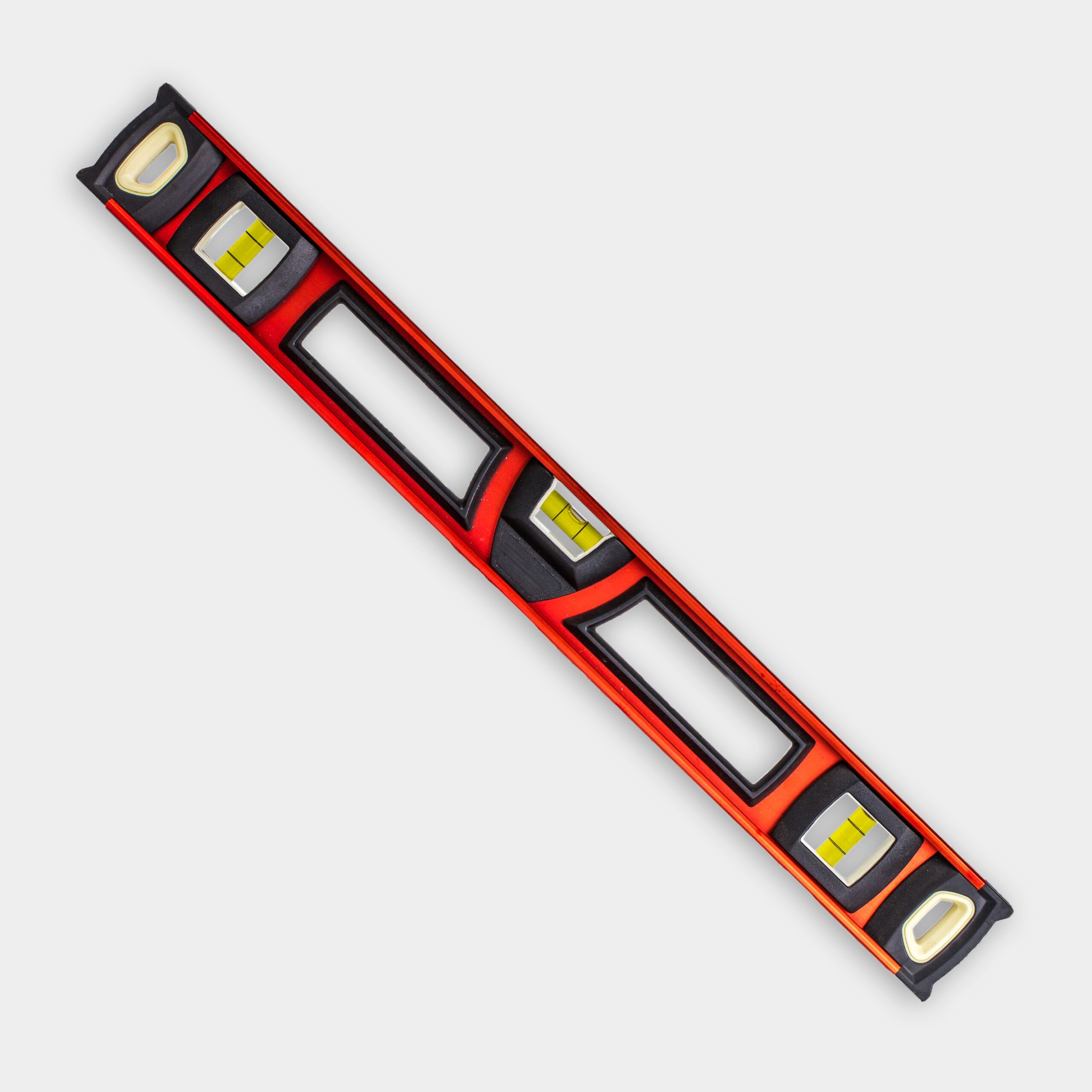Stormwater runoff can be difficult to manage with gutters and downspouts alone. A saturated, soggy yard that soaks the foundation is not a good time. When a homeowner called Ask This Old House for help, landscape contractor Jenn Nawada knew just what to do. Together, they installed two gutter runoff control options that will easily control these water challenges and divert water from the foundation.
Note: In both cases, we dug into the soil to control the runoff. Anytime you’re going to dig, call 8-1-1 to have underground utilities marked to ensure your safety.
How To Install a Dry Well
- Briefly assemble the catch basin and ground drain on the ground in the area in which you’ll install it. Measure the width of the catch basin, adding 5 to 6 inches on either side. Measure the height of the top of the ground drain, adding 3 inches for crushed stone.
- Remove the catch basin and mark the soil for the overall width of the catch basin (plus the extra 5 to 6 inches on either side). If possible, save the sod.
- Knock out the appropriate holes on the sides of the catch basin. Knock out one 4-inch hole and all of the small weep holes from the middle of the catch basin.
- Dig a trench from the downspout to the catch basin’s pit. The trench should be about a foot wide and deep enough to allow the pipe to slope toward the catch basin. Check with a level.
- Pour around 3 inches of crushed stone into the pit and then cover with landscape fabric. Install the catch basin on the stone, and then pour about 8 inches of stone inside and around the catch basin. Install landscape fabric in the basin.
- Install the downspout connector, elbow, and 4-inch pipe so it connects the downspout to the catch basin. Use a level to ensure it slopes toward the catch basin and adjust as necessary.
- Lay another layer of landscape fabric over the catch basin. Cut a hole in the fabric and Install the ground drain on top of the catch basin. Backfill the trench and hole.
How To Install a Pop-up Emitter
- Assemble the elbows, 4-inch pipe, and pop-up emitter so you can use them as a guide.
- Place the assembled pipe on the ground between the downspout and where the emitter will be installed. Dig along the pipe with the shovel, staying about 5 inches away. Then, dig an 18-inch by 18-inch square around the emitter. Save the sod if possible.
- Continue digging the trench until it’s about a foot deep (but that might vary based on the slope of the yard).
- Install the downspout connector and attach the assembled pipe. Add crushed stone under the elbow to prop it up to the correct height.
- Install crushed stone under the elbow on the emitter end, propping it up to the correct height. Check the pipe with a level to ensure it slopes away from the house and toward the emitter.
- Backfill the trench and reinstall the sod.
Resources
Jenn could have tied both gutters together and sent them both to a dry well, but she didn’t want to disturb the homeowner’s garden. She also used the opportunity to show two different solutions:
First, call 811 before you dig. They will mark out any buried utility lines in your work area.
- Dry Well
- Popup Emitter
Jenn used an NDS downspout adapter to connect the downspout to the extender–The downspouts are different sizes, so make sure you have the correct measurements. She used a piece of 4” drainpipe to extend the downspout. Then a 4″ PVC 90-degree elbow fitting to connect the downspout extension to a 10′ PVC solid schedule 40 pipe. A perforated pipe can also be used but with the light water runoff, Jenn felt comfortable using a solid pipe. Dig a trench starting at the downspout, about 10” and pitch down towards the dry well until it’s about 3’ deep.
Materials
- Marking paint
- Downspout connector
- Ground drain
- Catch basin
- 4-inch PVC pipe
- 4-inch elbows
- 4-inch pop-up emitter
- Landscape fabric
- Crushed stone




